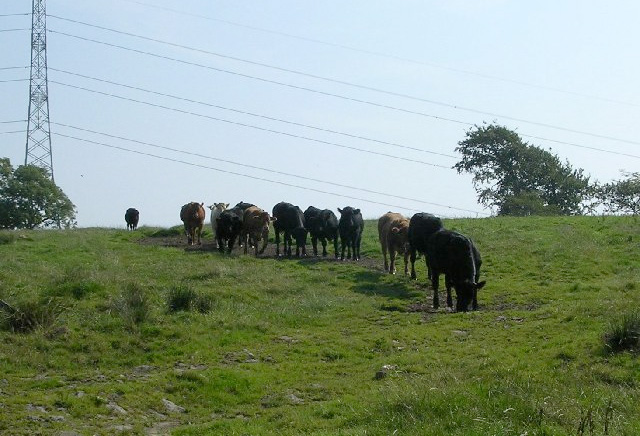
Defra is planning to publish a summary of responses to the consultation on a strategy for achieving officially bovine TB-Free Status for England.
The Citizen Dialogue on bovine TB project included stakeholder workshops, public workshops, and public online engagement. The project extended beyond the consultation period and a final report is expected in early 2014.
The summary of responses and Citizen Dialogue on bovine TB project report will be published together with the final Strategy for Achieving Officially bovine TB-Free Status for England.
The draft strategy has been developed by the Animal Health and Welfare Board for England (AHWBE) and the Bovine Tuberculosis Eradication Advisory Group for England (TBEAG). It draws extensively on international examples of successful approaches to tackling bovine tuberculosis.
Under the strategy we would build on the existing controls to keep the ‘Low Risk Area of England’ free of the disease, to stop the disease spreading outside the edge of the ‘High Risk Area’, and to progressively eliminate the disease from the ‘High Risk Area’.
Under the proposed strategy we would focus on the development of new tools such as vaccines for badgers and cattle, and new diagnostic tests that could offer new ways of tackling the disease. The draft strategy also considers how delivering its aim would be managed and funded. It highlights the potential benefits of a new government-industry partnership approach to tackling bovine tuberculosis.
Bovine tuberculosis (bTB) is one of the most significant problems affecting animal health and sustainable farming in England. It is a chronic infectious disease of cattle and can present a risk to human health to those who are in close contact with infected animals or people who drink unpasteurised milk.
The draft Strategy sets out how the Government envisages tackling the disease. The ambition is to make steady progress toward achieving Officially bTB-Free Status (OTF Status) for England. This will take time. As progress is made, the Government hopes to be able to gain OTF Status for individual areas - or groups of areas - as early as practicable.
"OTF Status" takes its meaning from European law: for an area to be considered to have OTF Status at least 99.9% of the herds within it must have remained free from bTB for at least six consecutive years.
Achieving OTF Status for England will require a joined-up and thorough approach. The draft Strategy emphasises the need for a comprehensive, risk-based and staged approach that encourages partnership working, establishes a fair balance of costs and responsibility, and adequately supports farmers.
In refining what a better risk-based approach will look like, the draft Strategy splits the country into three geographical areas. These are called the “Low Risk Area”, the “High Risk Area” and the “Edge Area”. The latter represents the boundary between the Low and High Risk Areas. Each area has a sub-strategy tailored to it. Each of these includes its own objectives that support the Strategy’s overarching aim, and each has a set of measures to deliver the objectives.
- The Low Risk Area currently extends across the North and East of England. The prevalence of bTB is very low with most cases linked to animals being introduced from higher risk herds. Breakdowns tend to be relatively short. There is not a recognised reservoir of the disease in wildlife in the Low Risk Area. The objective of the Low Risk Area strategy is to continue to protect it from the spread of the disease, immediately deal with any isolated outbreaks and obtain OTF status as soon as possible.
- The High Risk Area is concentrated in the South West, West Midlands and East Sussex. In the High Risk Area, bTB is endemic with a relatively high proportion of herds experiencing breakdowns, including repeat breakdowns, and a reservoir of infection in badgers. The objective of the High Risk Area strategy is to halt and then reverse the increasing prevalence of bTB by addressing the disease in cattle and in badgers, and ultimately to achieve OTF status.
- The Edge Area covers the boundary of the High and Low Risk Areas. It marks the area where infection is spreading outward from the High Risk Area. The objective of the Edge Area strategy is to focus effort on containing the spread of bTB and then reversing it to achieve OTF status. This will involve cattle measures to control the disease. Research will help determine the role of badgers in spreading bTB in the Edge Area. The results of this research will inform future evidence-based action.
The draft Strategy acknowledges the need to fill gaps in understanding about bTB and its spread. It considers ongoing work to develop new tools to combat the disease such as diagnostic tests, vaccination and badger population control methods.
The draft Strategy considers governance, delivery and funding, and whether alternative and innovative approaches can support progress toward achieving OTF Status for England.
